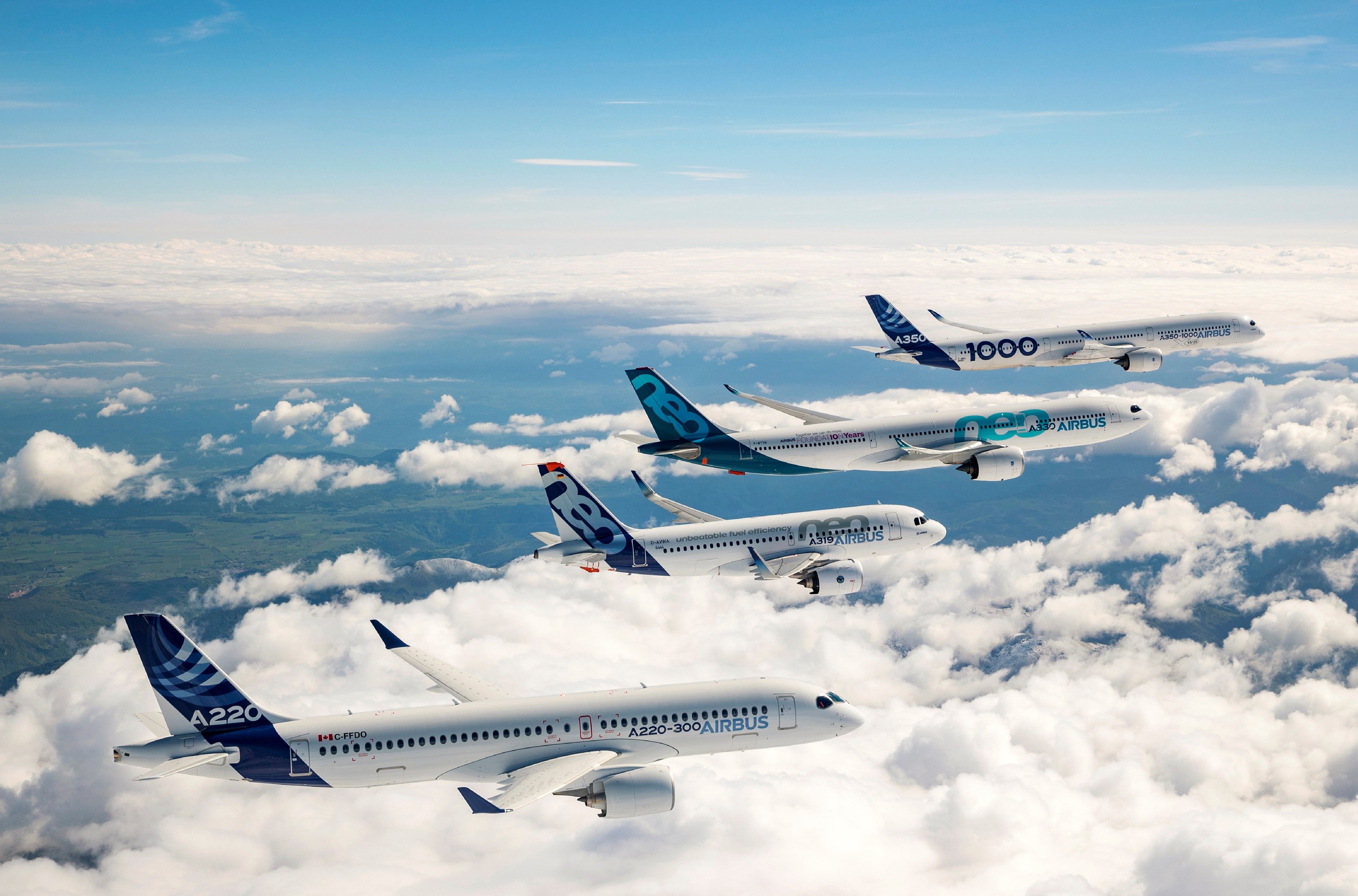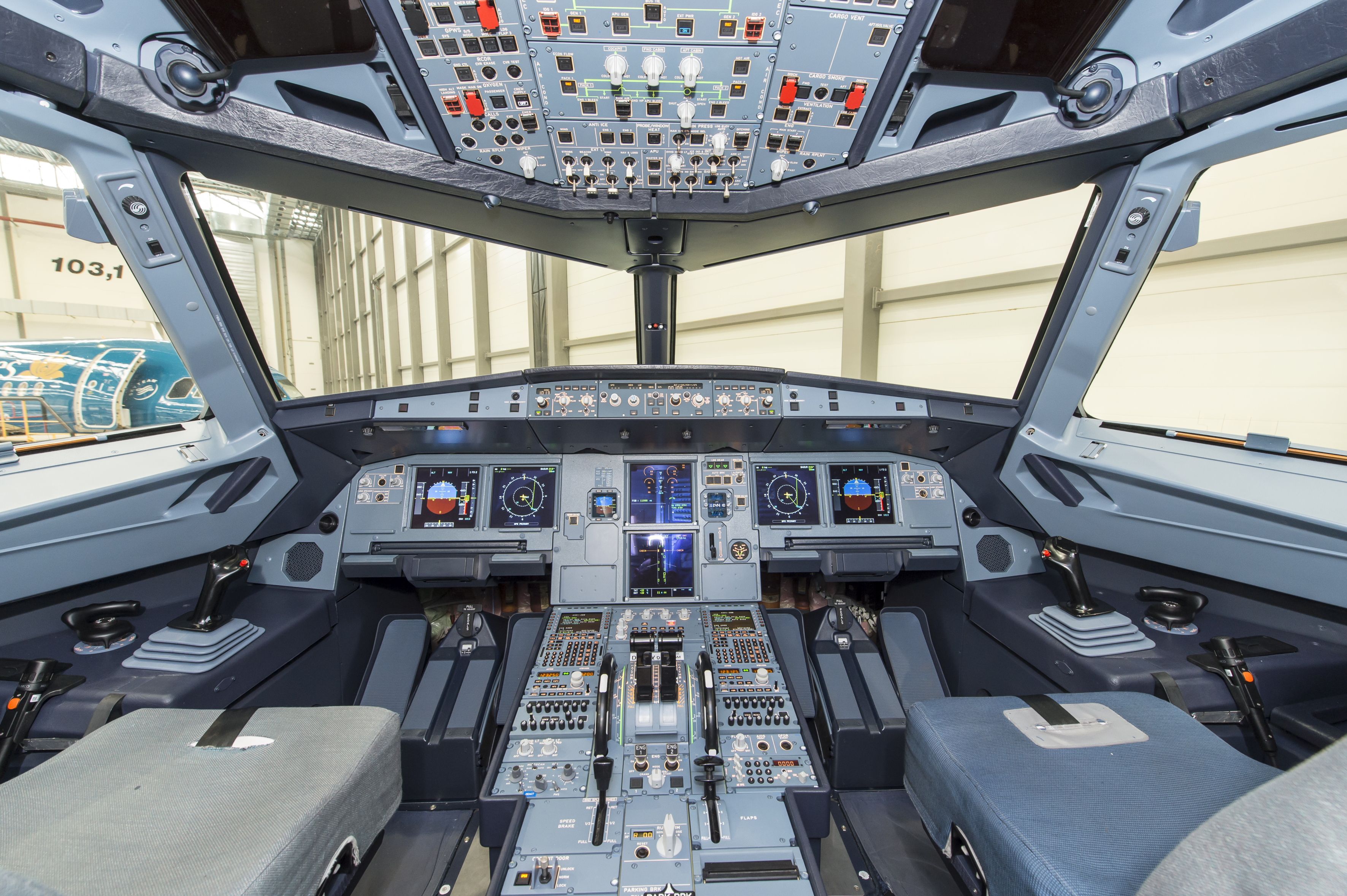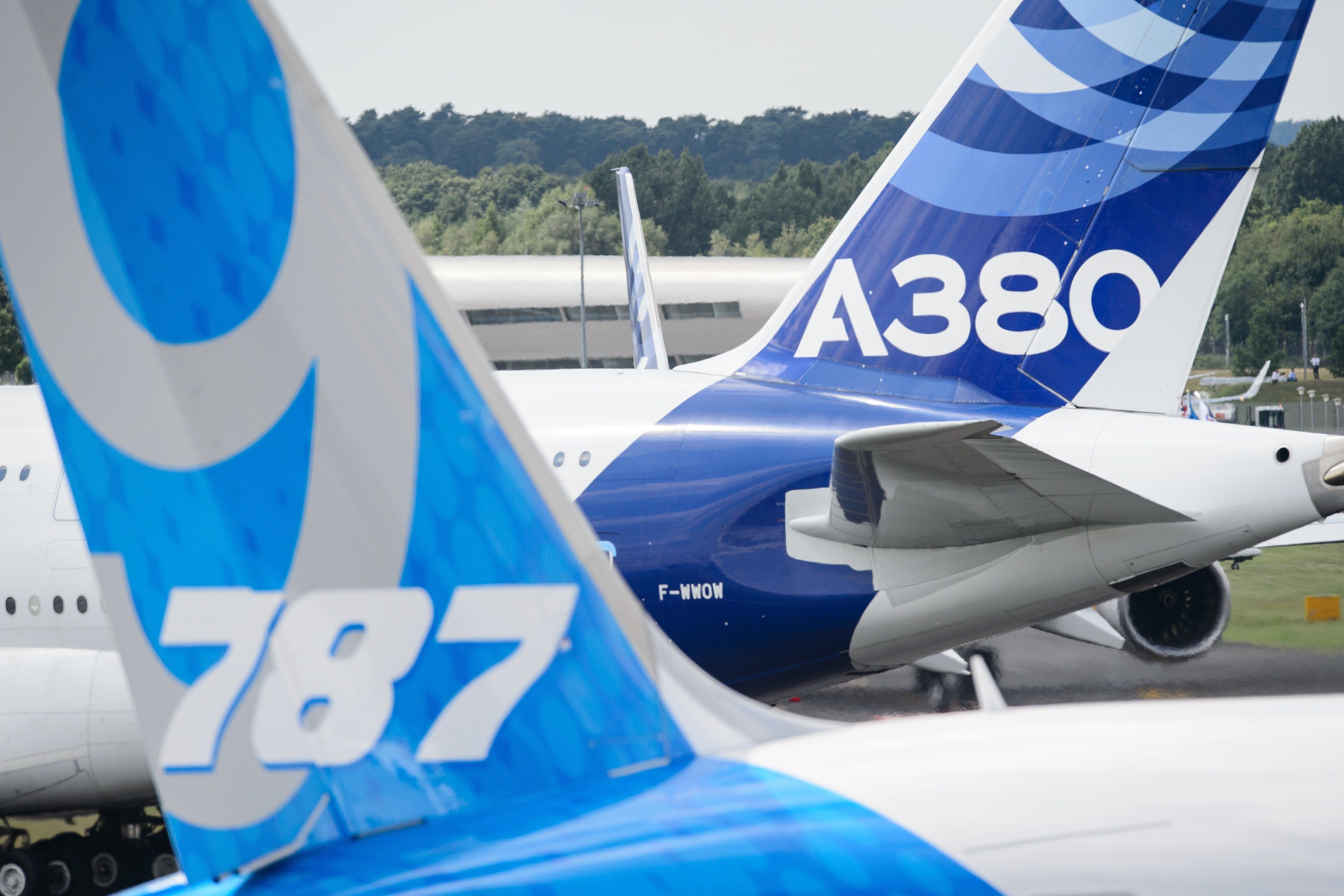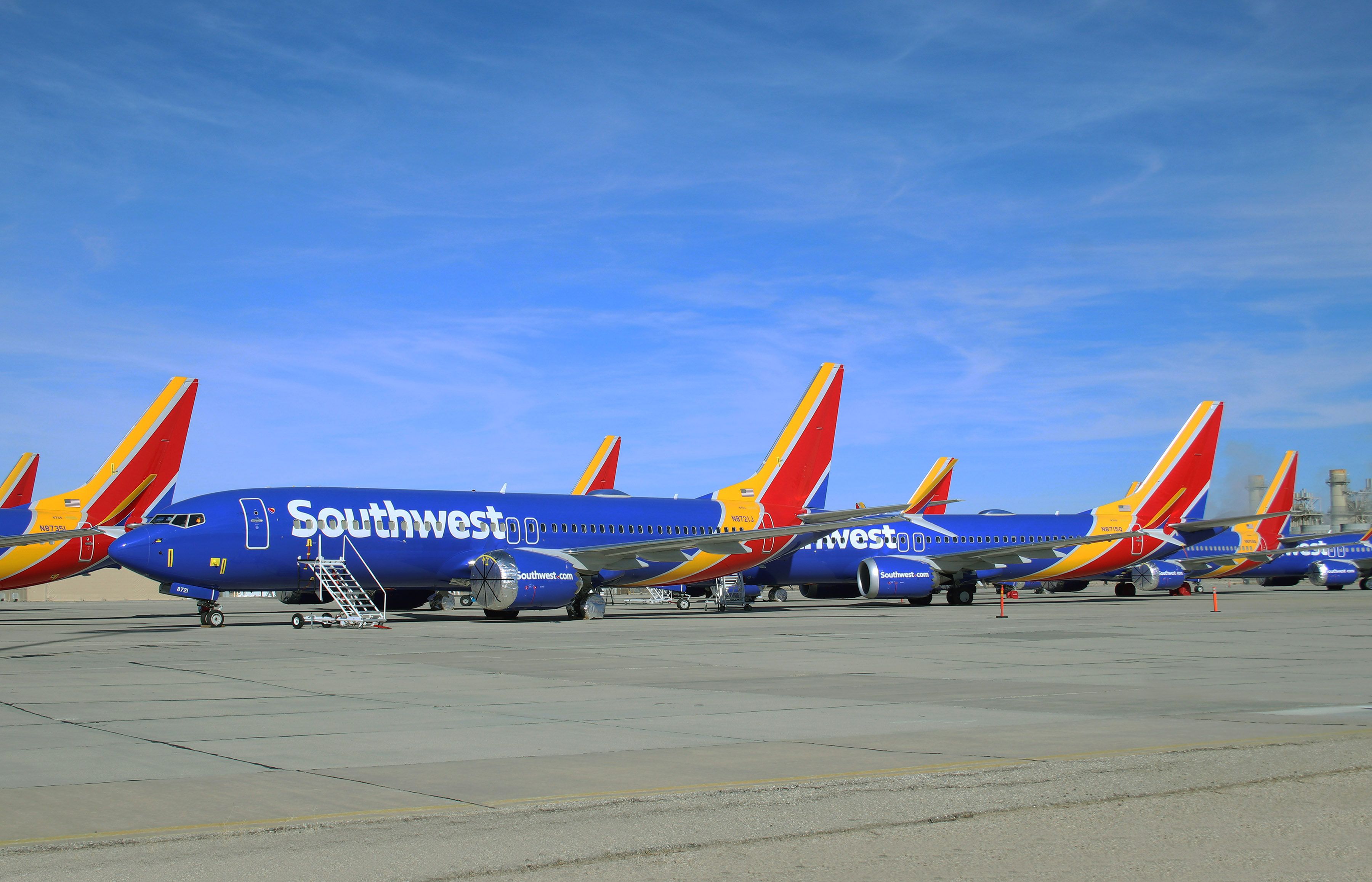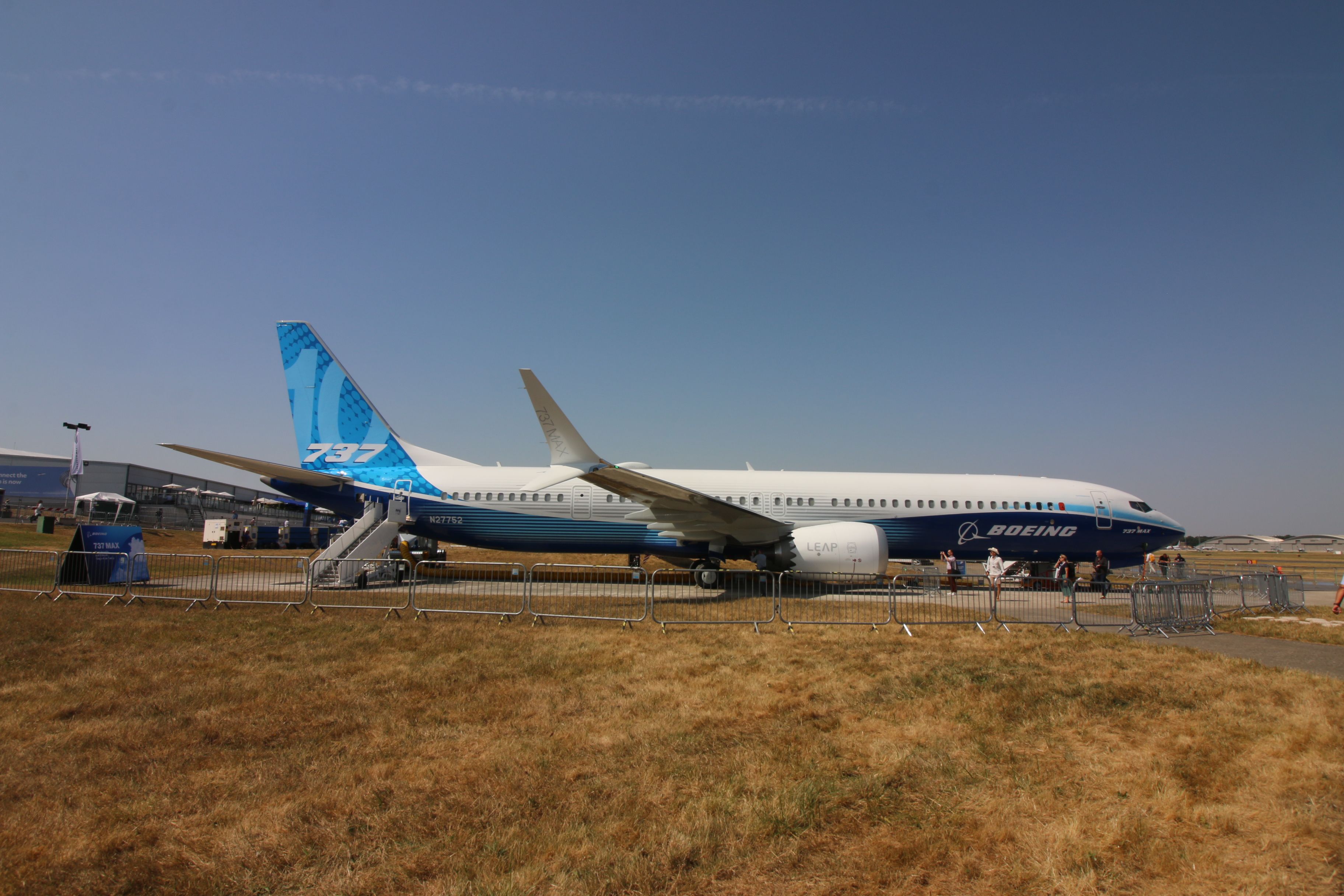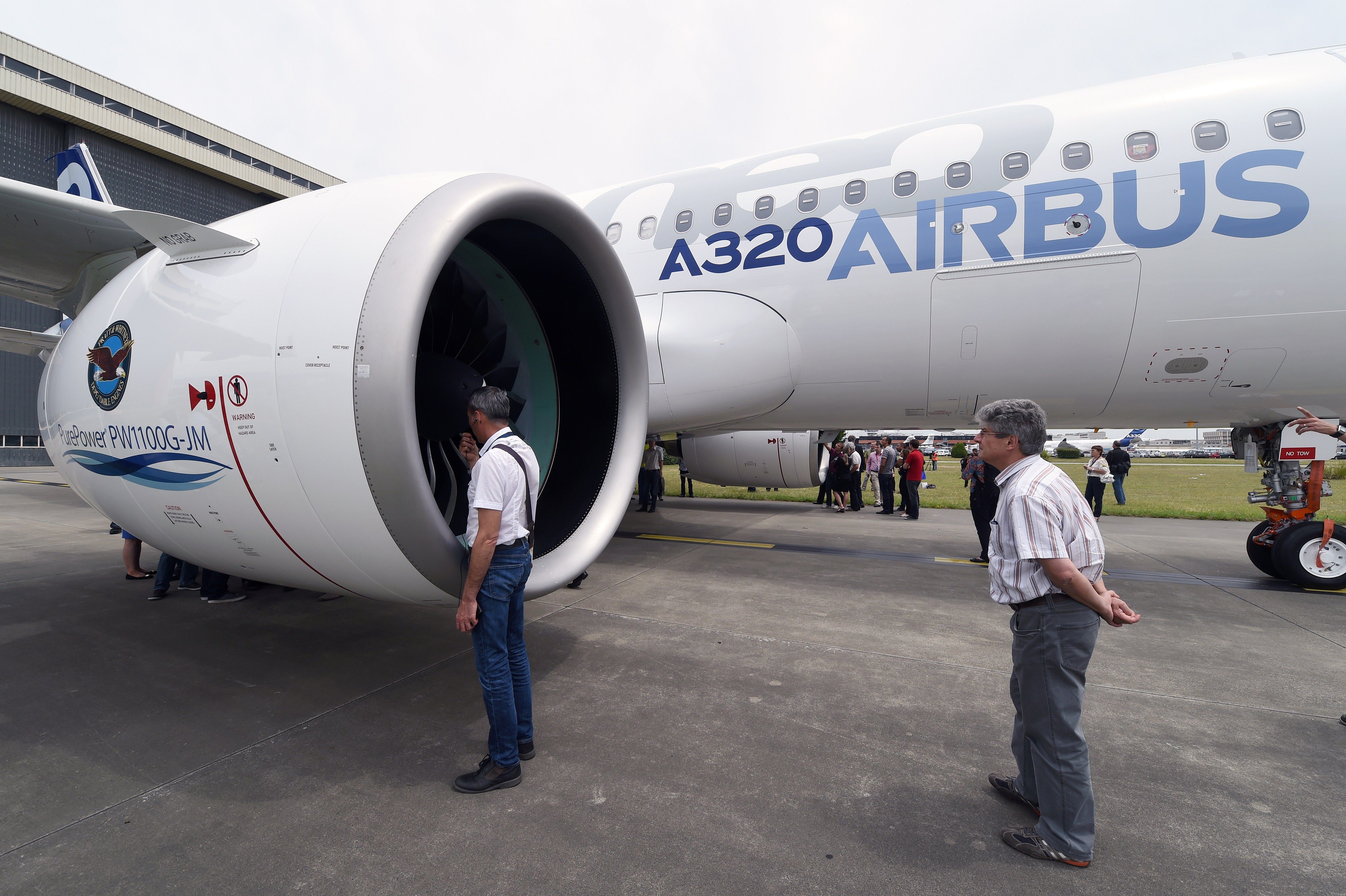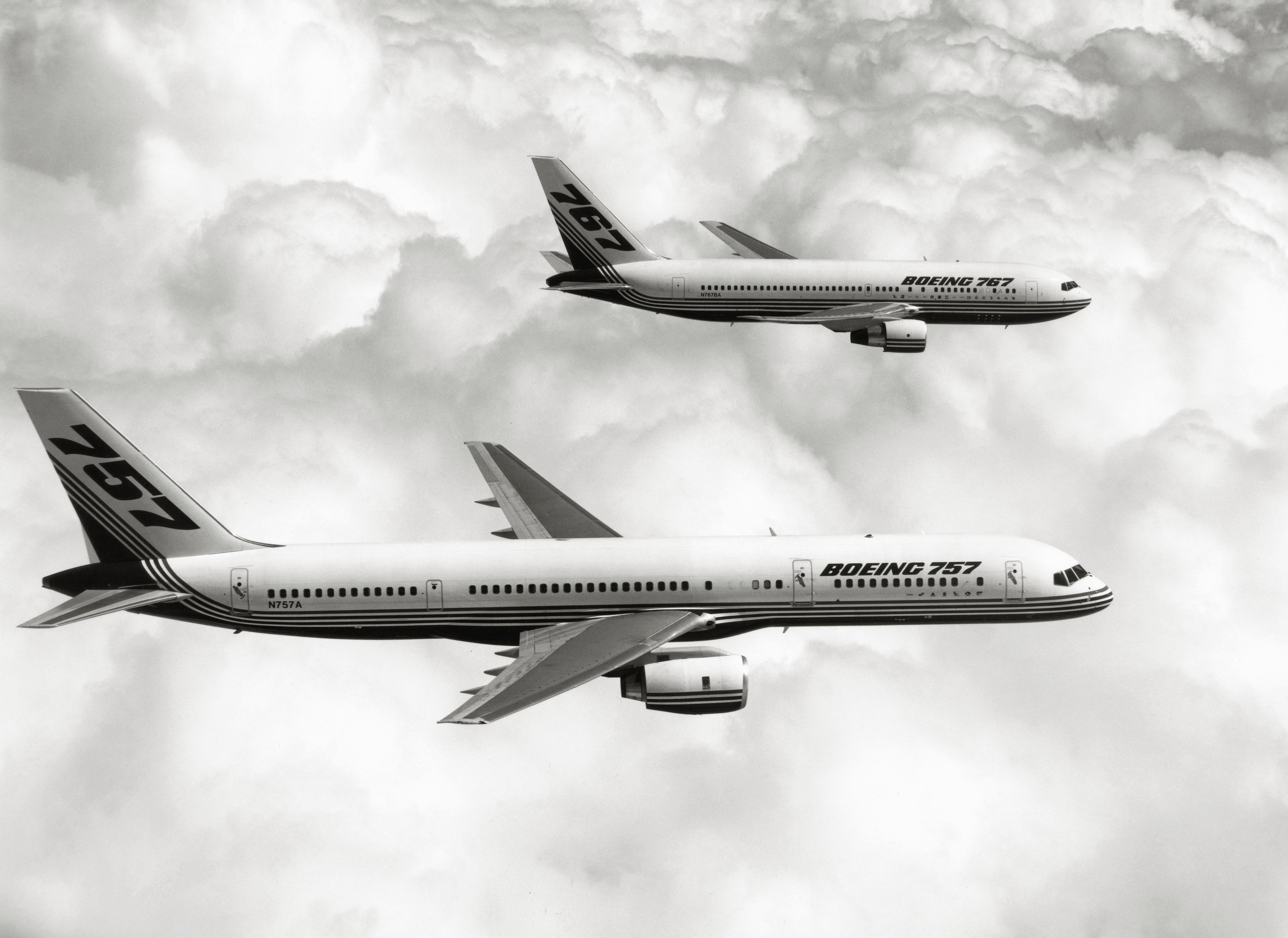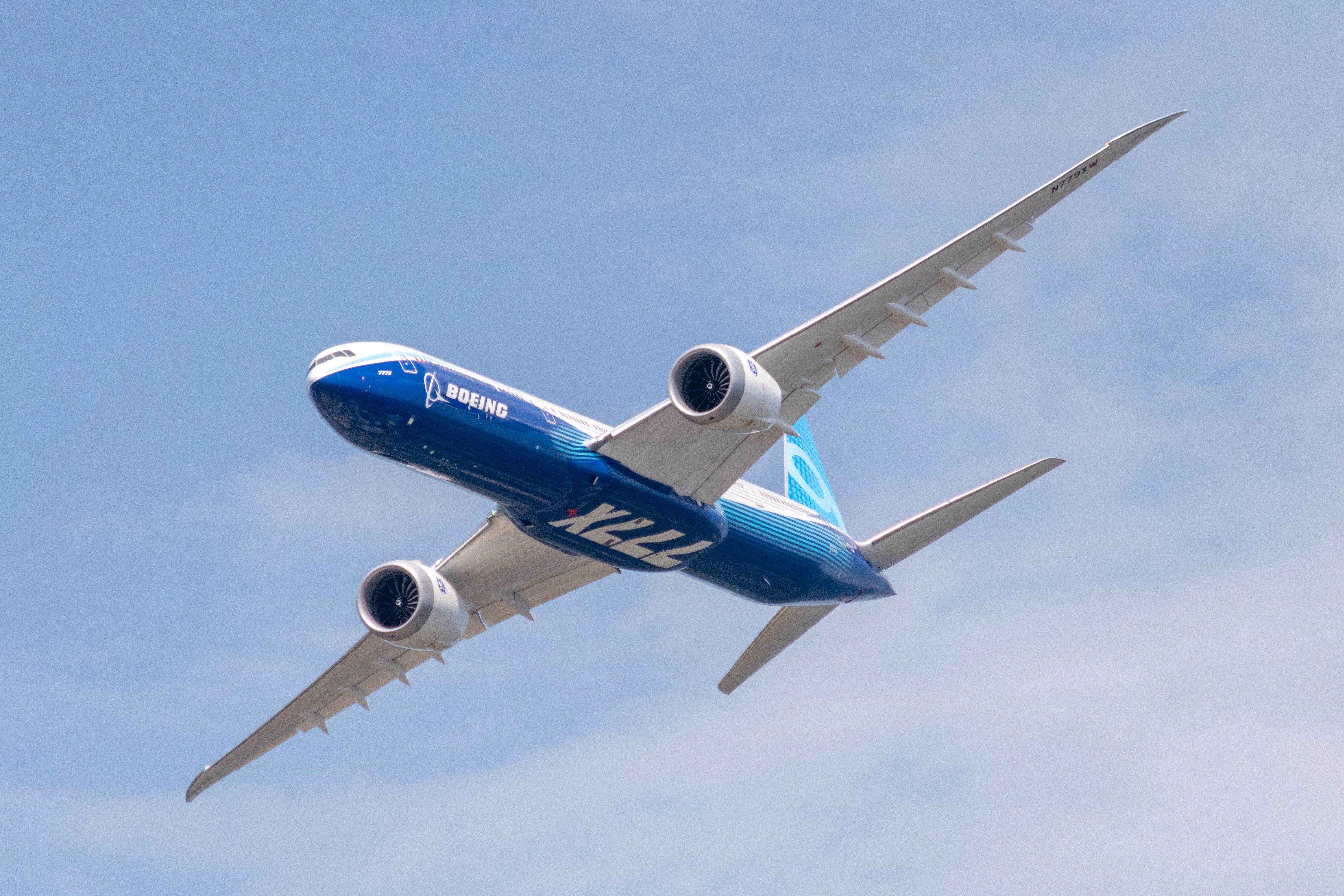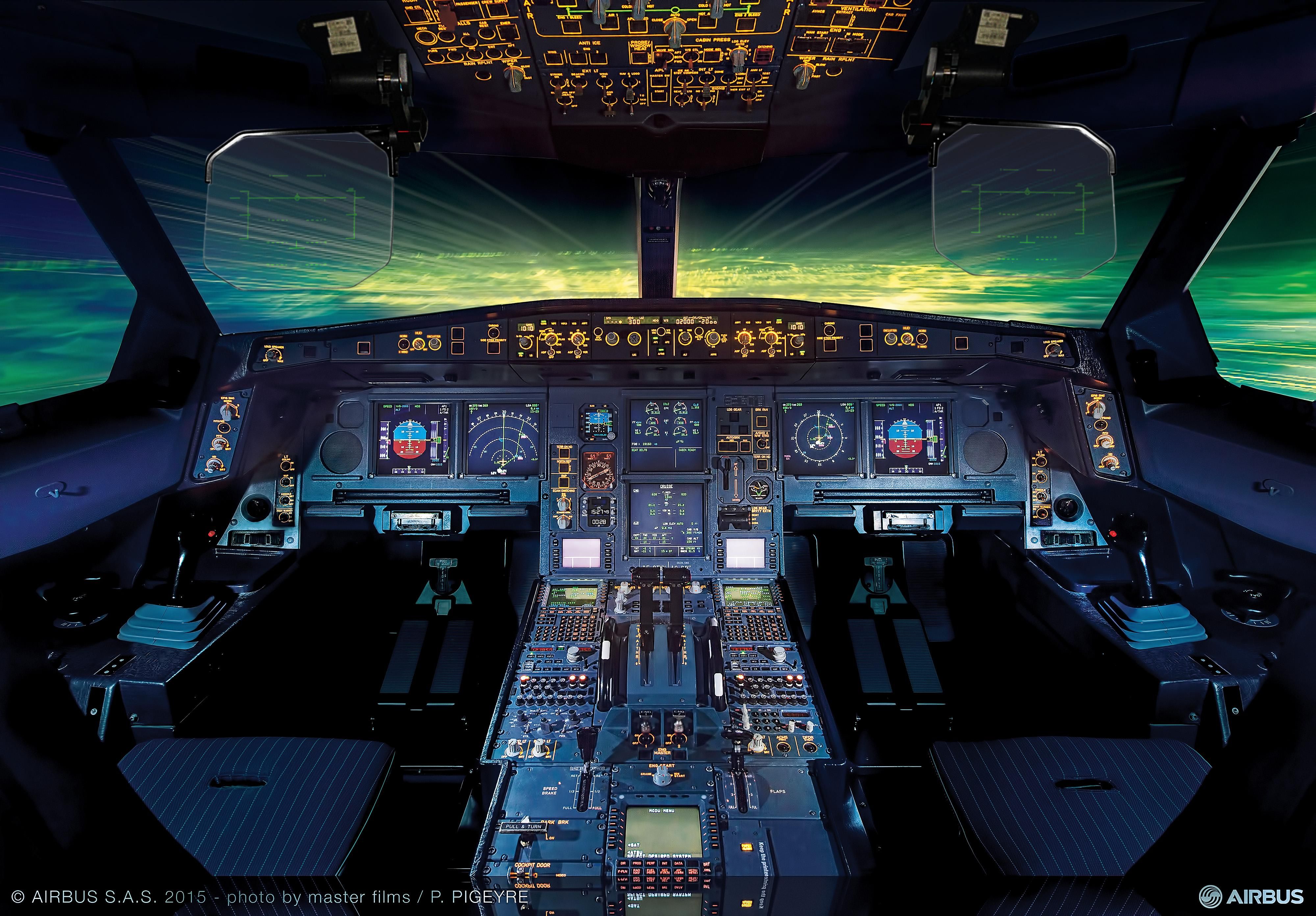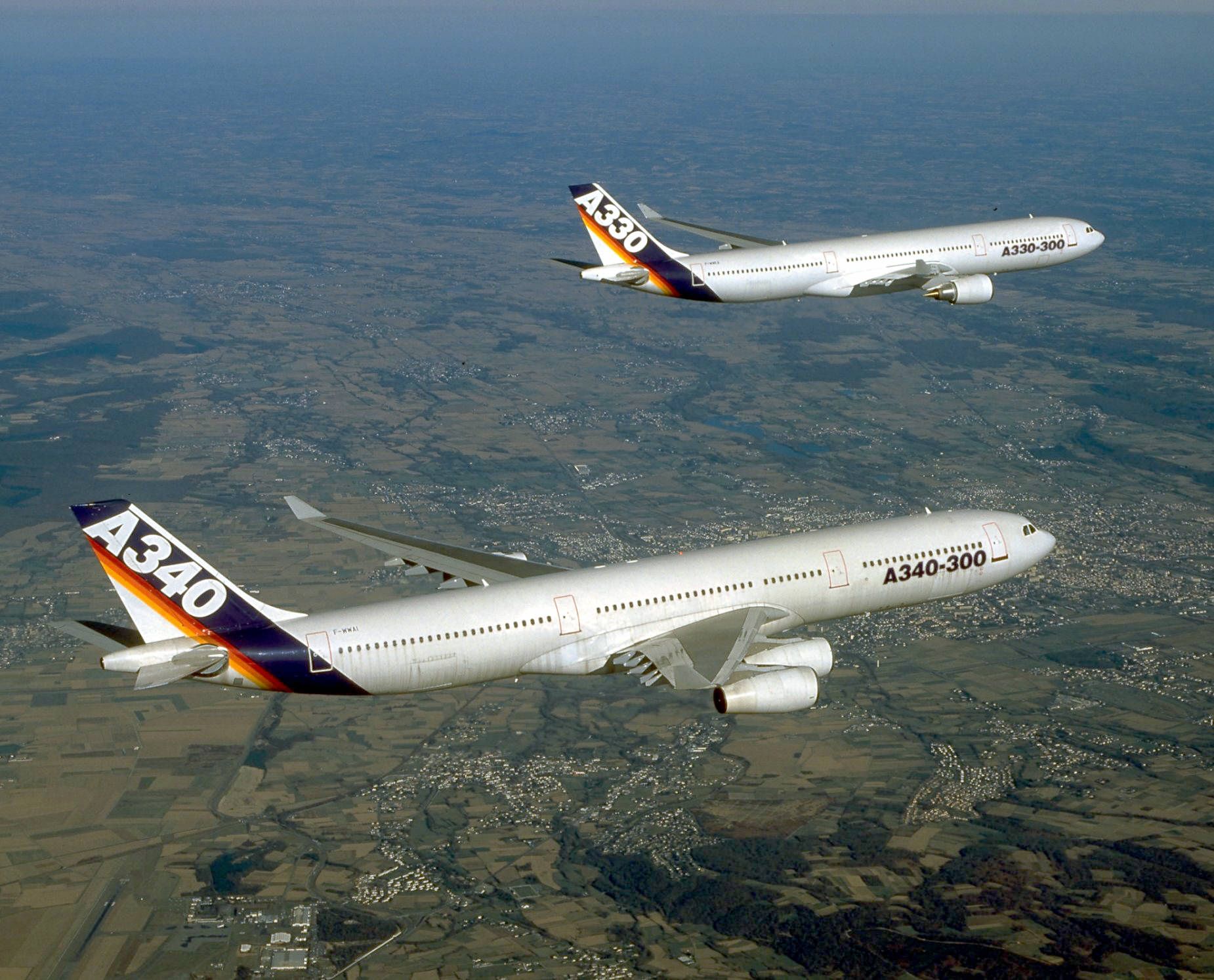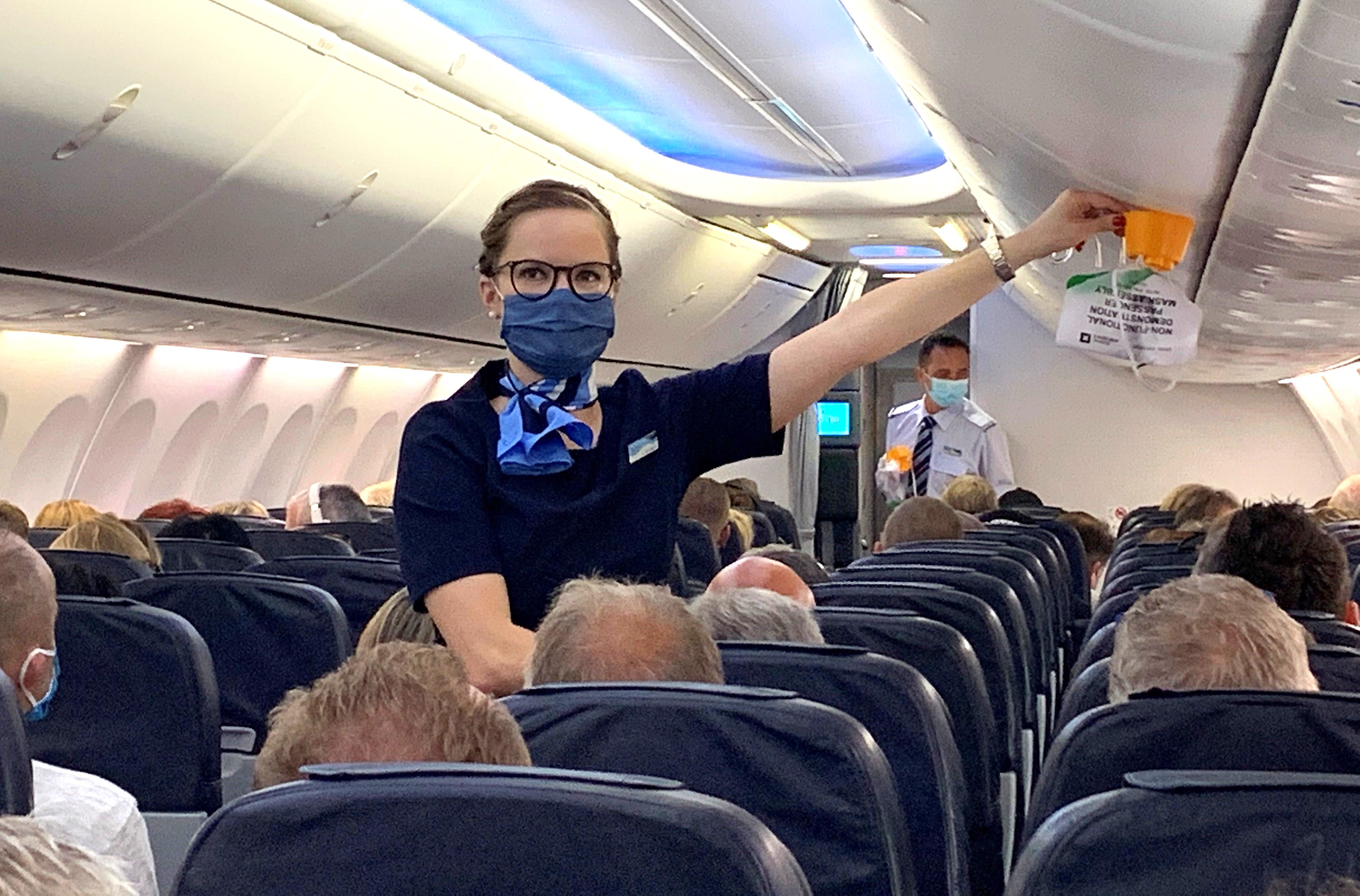A type rating is an additional qualification given to pilots to show which aircraft types and variants they can fly. These are important for pilots as well as manufacturers and airline operators. Manufacturers usually strive to keep ratings the same between types. The key to this is demonstrating sufficient similarity in pilot familiarity and operation.
What is a type rating?
Different aircraft types have many differences in operation and handling performance. For example, a pilot trained to fly the Boeing 737 cannot instantly start flying the Airbus A320. This, of course, makes sense. He or she would need to take additional training, resulting in the issuance of a type rating for the new type. This training involves lengthy classroom study and simulator time.
Where it gets more complicated is between similar aircraft types. Several aircraft types share the same type rating. This means that flying them is technically similar, and performance-wise, they handle much the same. Pilots will need additional short training to understand specific differences, but not the full training of a new type rating. Aircraft can be very different technically, but if they have enough commonality in how they appear and handle for pilots, they can share a type rating. This is how long-running aircraft series share a type rating between all variants despite significant technical improvements over the years.
Common type ratings are decided by each country's civil aviation authority (the FAA in the US, and the EASA in Europe, for example). These national bodies follow the same ICAO guidelines, but there can be differences.
Commonality in type ratings is a very important part of airline operations and fleet management. Airlines will, of course, need a pool of pilots for each aircraft type they operate. This becomes an important decision in which future aircraft to purchase and how to maintain the fleet. Several airlines – such as Southwest Airlines, easyJet, and airBaltic operate single-type fleets.
So, which aircraft share the same rating? The following are some main groupings for current commercial jets.
Boeing narrowbody aircraft – the 737 family
All members of the Boeing 737 family (including the Original, Classic, Next Generation, and MAX series) share the same type rating. This is a major advantage for Boeing, with a family of aircraft that has been flying since the late 1960s, all under the same type rating. Conversion training is required to move between series, but this is often just short classroom-based difference training.
Get the latest aviation news straight to your inbox: Sign up for our newsletters today.
Boeing currently faces a major issue with this its 737 type commonality. The latest and largest family member, the 737 MAX 10, is currently in flight testing. If it does not receive certification by the end of 2022, it could become subject to new cockpit warning regulations. The changes for this would make the 737 MAX 10 require a separate type rating from the rest of the 737 family. Clearly, this would be detrimental to airlines and could jeopardize the launch of the type.
Airbus narrowbody aircraft – the A320 family and A220 family
Similar to the Boeing 737 family, Airbus has designed the A320 and A320neo series to share a common type rating. As with the 737, there is usually a short conversion training between variants, but the A319, A320 and A321 all share the same rating.
The Airbus A220 has a separate type rating. This is to be expected, as the aircraft was designed completely separately. It was originally the Bombardier CSeries before being rebranded as the Airbus A220.
Embraer E-Jets
Embraer has managed to keep the whole of the E-Jet series under the same rating. The E170, E175, E190, E195, and the E2 Series aircraft will all have the same type rating. Some different training will be required to move from the E-Jet to the E2. Embraer claims that this is just 2.5 days.
Boeing widebody aircraft
The only Boeing widebody aircraft to share a type rating everywhere are the Boeing 767 and Boeing 757. These two aircraft were designed with the same cockpit and with similar handling characteristics, so share a type rating.
The situation is a bit more complex with the Boeing 777 and the Boeing 787. Under US FAA regulations, these have two separate type ratings. However, in Europe, EASA considers them common enough to allow a shared type rating.
As for the upcoming Boeing 777X, it is now expected that this aircraft will share the same type rating as the 777. Despite major new innovations such as new engines, folding wingtips, and heads-up displays, Boeing expects cockpit and handling characteristics to allow the same type rating.
The Boeing 747, unsurprisingly, has its own type rating. The latest 747-8 shares the same type rating as the Boeing 747-400.
Airbus widebody aircraft
There are three separate type ratings for Airbus widebody aircraft. The four-engine Airbus A380 and the Airbus A340 each have their own type rating. There is another type rating shared by the twin-engine Airbus A330 and A350.
This means that A330 pilots can fly the A350 with just a minimal conversion. To move to other types, a new rating would be required. This can usually be completed quickly as there are significant cockpit similarities with Airbus aircraft. In particular, the A330 and A340 require minimal conversion. The two aircraft were designed together (as a good way to lower the cost of developing the less demanded A340). According to a discussion on airliners.net, conversion training from the A330 to A340 can take just four days, with an Airbus Cross crew qualification, or CCQ for short.
Not just for pilots
While type ratings are mostly associated with pilots, cabin crew are also type-rated for certain aircraft, sometimes holding up to three or four.
Airlines that operate a mixed fleet and a mix of widebody and narrowbody aircraft for maximum operations often have crew members certified to perform duty on multiple aircraft.
For instance, Qatar Airways operates Boeing 777, 787, Airbus A350, and A380 widebodies, as well as Airbus A320 and A321 narrowbodies. It is possible that a crew member working for the airline may operate the 777, 787 and A320, 321, or A350, 380 and A320, 321.
Like pilots, cabin crew are also required to go through aircraft-specific type training and conversion course before operating on an aircraft. The airline is responsible for such trainings, and if it does not have its own facility, it can be contracted out to a cabin crew training organization.
Cabins of different aircraft types are also configured differently, and a thorough knowledge of these aspects is crucial for flight safety. Cabin crew conversion training covers areas like door operations, slides and rafts, emergency equipment, communications, oxygen systems, and locations of equipment on the aircraft type.
After all, along with pilots, cabin crew plays a vital role in making operations safe.
Type ratings are important in many areas. They affect the ways airline manage their fleets and schedule operations, manufacturers' ability to sell aircraft, and pilots' ability to work and progress. Feel free to discuss more about type ratings, differences, commonalities, and conversions in the comments. There is plenty to look at!

